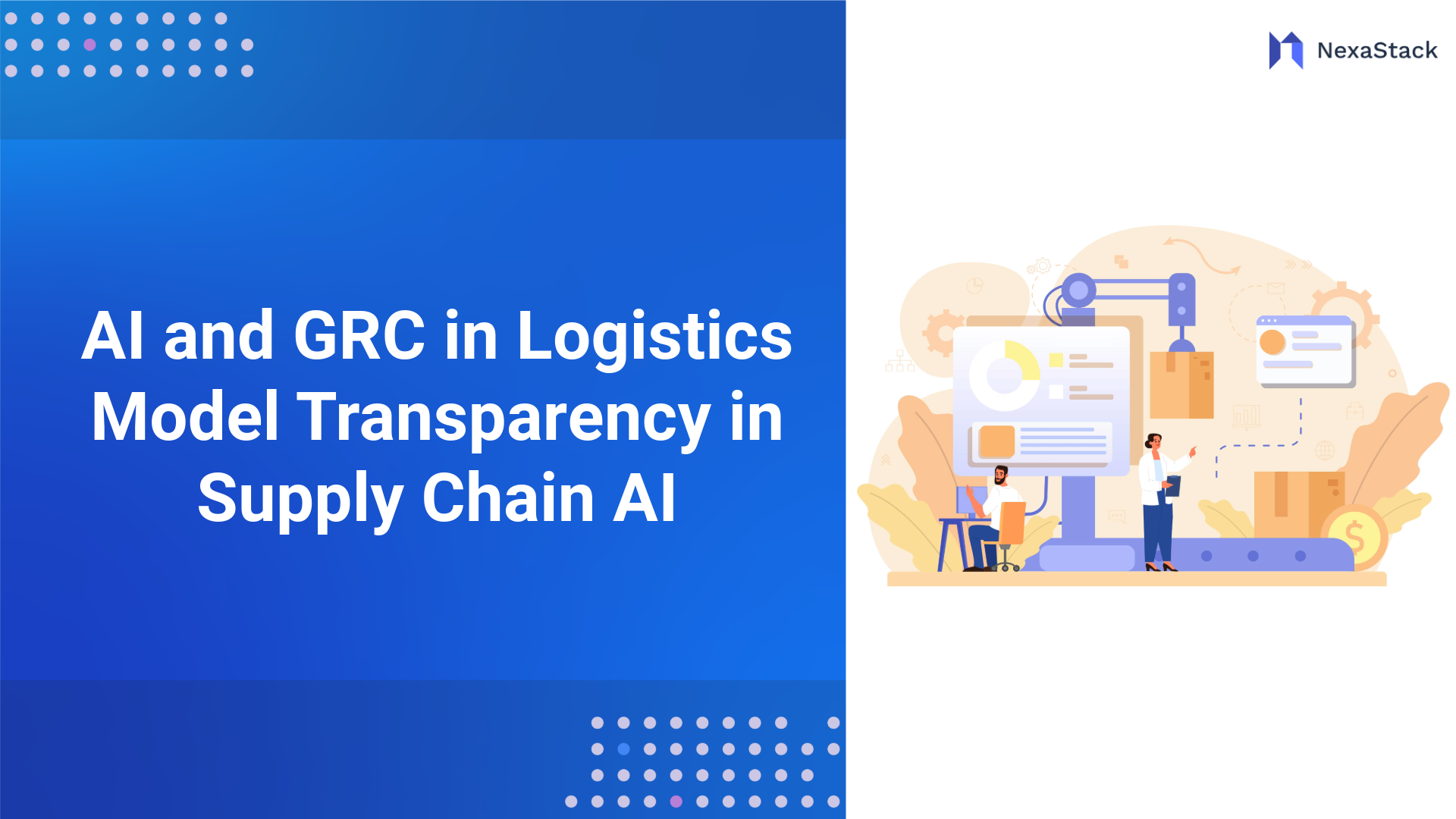Case Study: AI in Customs Clearance
A global logistics firm implemented an AI system for automated document checks. The AI:
- Validated Harmonised System (HS) codes against import/export laws.
- Flagged discrepancies in declared values in real-time.
- Generated audit logs for customs authorities.
Result: Faster clearances, fewer penalties, and improved compliance.
Real-Time Model Evaluation at the Edge
Supply chains operate in real-time, requiring AI to adapt instantly to disruptions (e.g., port delays, demand spikes).
Edge AI for Instant Decision-Making
-
On-Device AI Inference: IoT sensors in trucks, drones, and warehouses process data locally, reducing latency.
-
Federated Learning: AI models improve across distributed nodes without centralised data collection.
Continuous Monitoring & Explainability
-
Drift Detection: AI models degrade over time; real-time monitoring detects anomalies.
-
Audit Logs & Transparency Reports: Every AI decision (e.g., shipment rerouting) must be explainable.
Case Study: AI in Warehouse Robotics
A logistics company deployed AI-powered robots for inventory management. The system:
-
Used real-time computer vision to detect misplaced items.
-
Logged decision rationales (e.g., why an item was flagged as "misplaced").
-
Adjusted picking strategies without cloud dependency (edge AI).
Result: 30% faster operations with full auditability.
Challenges in Implementing Transparent AI for Logistics
Data Fragmentation Across Supply Chains
-
Siloed data (suppliers, carriers, customs) complicates AI training.
-
Solution: Blockchain-integrated AI for secure, transparent data sharing.
Regulatory Variations Across Regions
-
Countries have unique trade laws, privacy rules, and AI ethics guidelines.
-
Solution: Modular AI systems that adapt policies per jurisdiction.
Cybersecurity Risks
- AI models at the edge are vulnerable to adversarial attacks.
- Solution: Zero-trust architecture + encrypted AI model updates.
The Future: Self-Governing AI in Logistics
The next evolution is AI systems that self-regulate:
-
Auto-Correction for Bias: Fairness-aware algorithms continuously adjust for equity.
-
Self-Reporting Compliance Gaps: AI alerts regulators when policy violations occur.
-
Adaptive Policy Engines: AI dynamically updates rules based on geopolitical shifts.
- Solution: Start with cloud-based MLOps platforms (e.g., Google Vertex AI, Microsoft Azure ML).
Conclusion of Model Transparency in Supply Chain AI
AI is reshaping logistics, but without transparency, it introduces significant risks. By implementing:
-
Explainable AI (XAI) for auditable decisions
-
Policy-driven AI aligned with GRC requirements
-
Real-time edge AI monitoring for dynamic compliance.
Companies can build trustworthy, efficient, and resilient supply chains. The future of logistics lies in self-governing AI systems that balance automation with accountability.
 Figure 1: Logistics with AI and GRC
Figure 1: Logistics with AI and GRC


